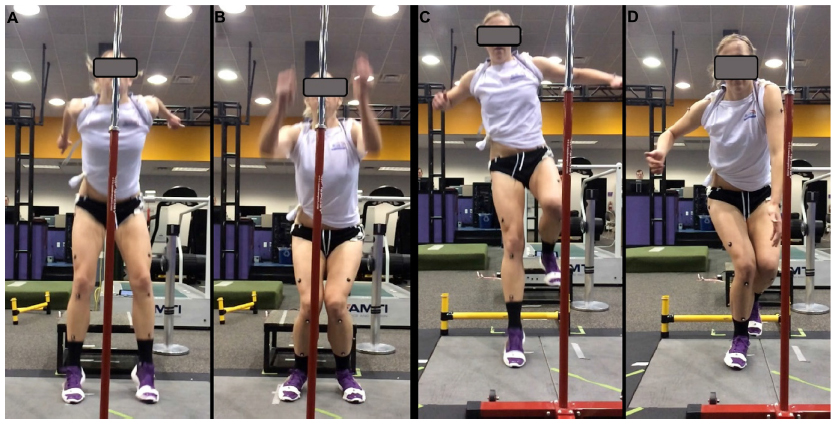Research reviewed: Why do girls sustain more anterior cruciate ligament injuries than boys? :a review of the changes in estrogen and musculoskeletal structure & function. Wild et al, Sports Med. 2012
Among adolescents, the leading cause for injury is from sports. Within that subset, girls suffer more non-contact anterior cruciate ligament (ACL) injuries than boys, a trend that becomes especially apparent at the onset of puberty.
So what’s the root cause of that difference in non-contact ACL tear rates?
We’re still not entirely sure but we do know that it’s multifactorial in nature, including anatomical, hormonal and biomechanical factors. This review on the subject aimed to explain three main things:
1 – How changes in estrogen levels impact metabolic and mechanical properties of the ACL
2 – The changes in musculoskeletal structure and function that occur during puberty, including changes in knee laxity (looseness), lower limb flexibility, and lower limb strength
3 – How 1 and 2 impact landing technique of pubescent girls
The researchers found the following (each number corresponds to its counterpart number above):
1 – Although estrogen receptors on the ACL have been confirmed, there’s no clear consensus on how estrogen impacts or changes the mechanical properties of the ACL during puberty.
2 – During puberty (which involves a rapid growth and hormonal influx), girls – unlike boys – don’t have an increased spurt in muscle strength and their hamstring muscle strength and development lags behind that of the quadriceps
3 – During puberty, girls also show an increase in knee valgus (knee pushing inwards) when landing that is not evident in boys

Based on these findings, the researchers hypothesized there may be a link between the lack of strength spurt, especially in the hamstrings, combined with the estrogen-based hormonal changes, that underlie a riskier lower limb biomechanics and positioning during landing – when then underlies greater risk of ACL injury.
However, the research on those links is still relatively sparse on the musculoskeletal structural & functional changes experienced by females during puberty. Additionally, research is limited on how those changes relate to estrogen fluctuations during puberty and their impact on landing mechanics.
In sum – this review provides a potential framework for why girls going through puberty are at higher risk for ACL injuries but there’s much more research needed on it.
If you want to work with us, then please fill out the contact form below. If you appreciate the work and want to support, head over to our Patreon. Thank you for reading and thank you for your time.
Dr. Rajpal Brar, DPT, (@3cbperformance) is a physiotherapist, movement expert, strength and conditioning/fitness coach, sports scientist and mindfulness coach. He runs the LA and online based physiotherapy and athletic performance clinic 3CB Performance and you can subscribe to his Youtube channel (which posts a variety of sports injury, performance, and fitness related content).